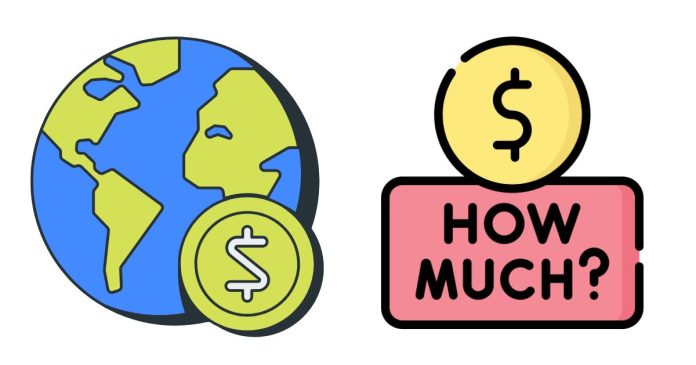The total amount of money in the world can be measured in different ways, depending on what you include. Here are a few common ways to measure it:
1. M0 (Physical Money):
This is the amount of physical currency (coins and paper money) in circulation worldwide. As of recent estimates, M0 is around $6.6 trillion globally. This includes all the bills and coins circulating in the economy.
2. M1 (Narrow Money):
This is a broader measure, which includes all the physical money (M0) plus demand deposits like checking accounts, which can be quickly accessed for spending. The global M1 money supply is estimated to be around $40 trillion.
3. M2 (Broad Money):
M2 includes M1 plus savings accounts, time deposits, and other near-money assets. This is a measure that represents money that can be easily converted into cash or checking deposits. The global M2 is estimated to be around $100 trillion.
4. Global Financial Assets:
When you take into account all the financial assets worldwide (such as stocks, bonds, real estate, etc.), the total value of global financial assets exceeds $500 trillion.
It’s important to note that these numbers are estimates and can fluctuate based on factors like central bank policies, economic growth, and financial market changes.
Related posts:
- What does ringing in the ears mean spiritually?
- What Colors Do Blue and Green Make?
- How Long Does Raw Chicken Really Last in the Fridge?
- What are some amazing and memorable Valentine’s Day ideas that will leave a lasting impression?
- What is the definition of ‘friends with benefits?
- What is the difference between a bachelor’s and a degree?


